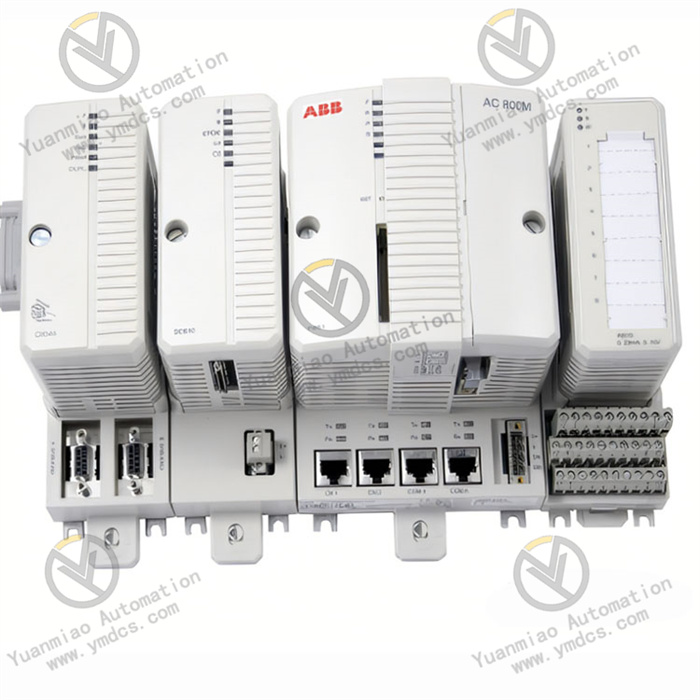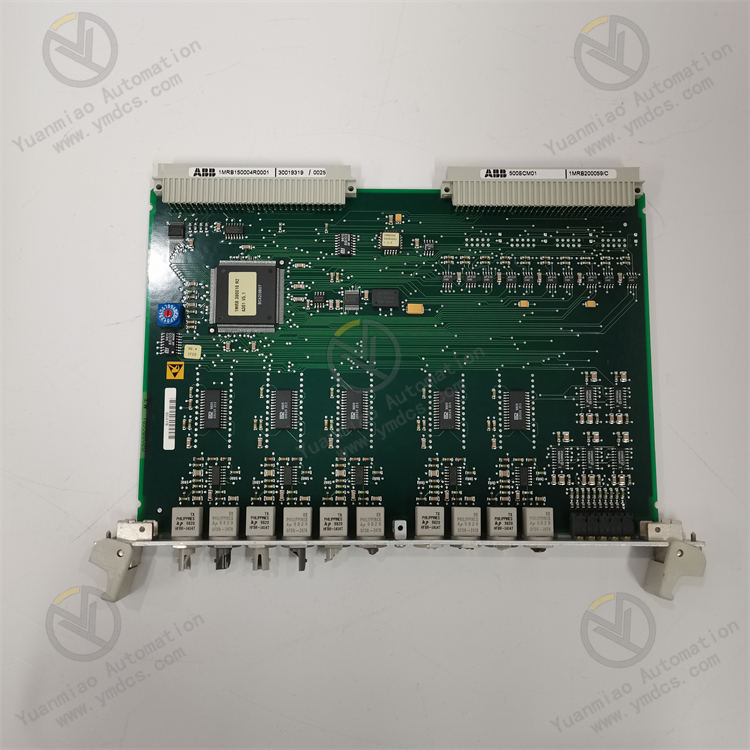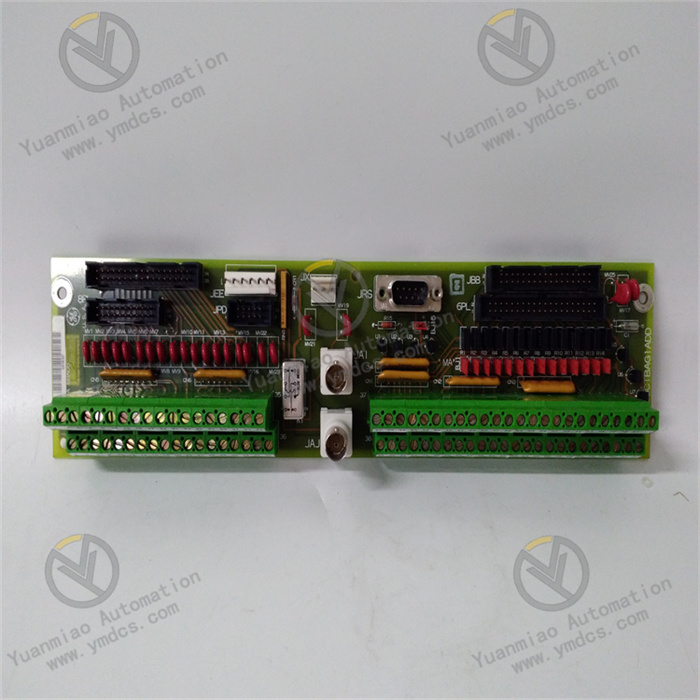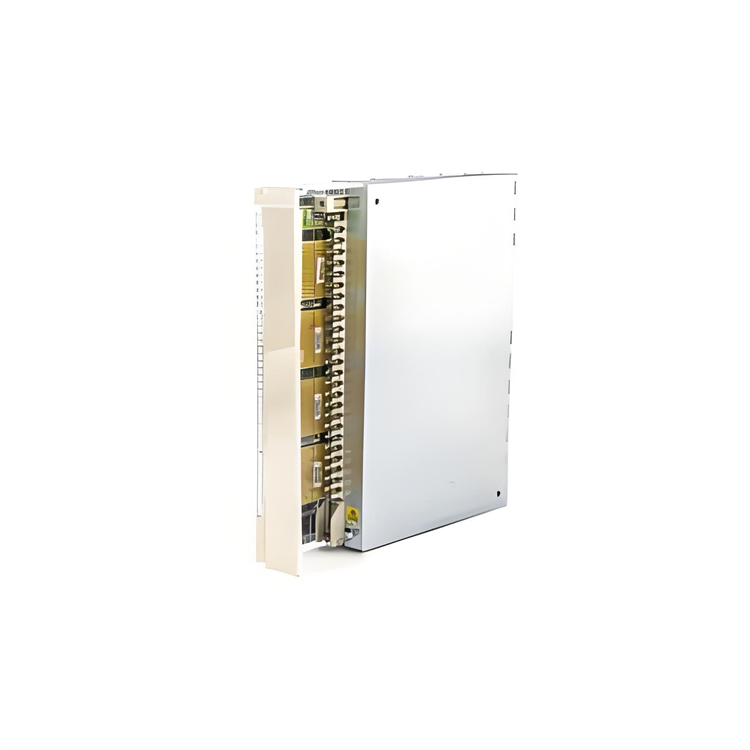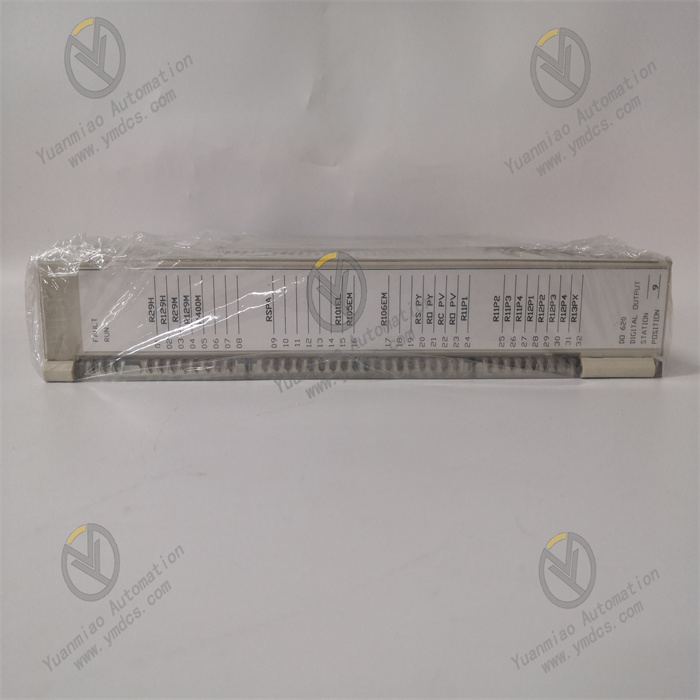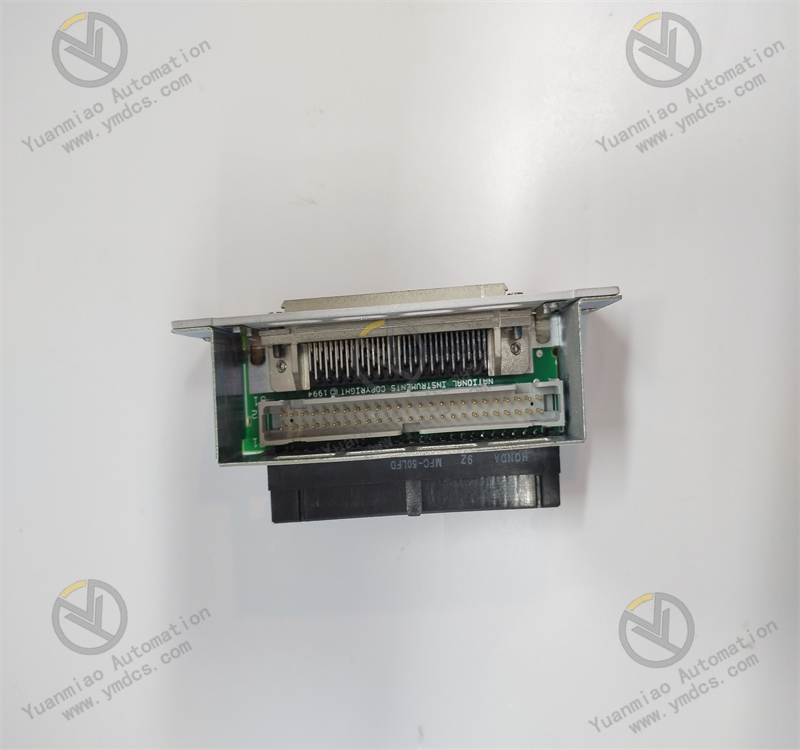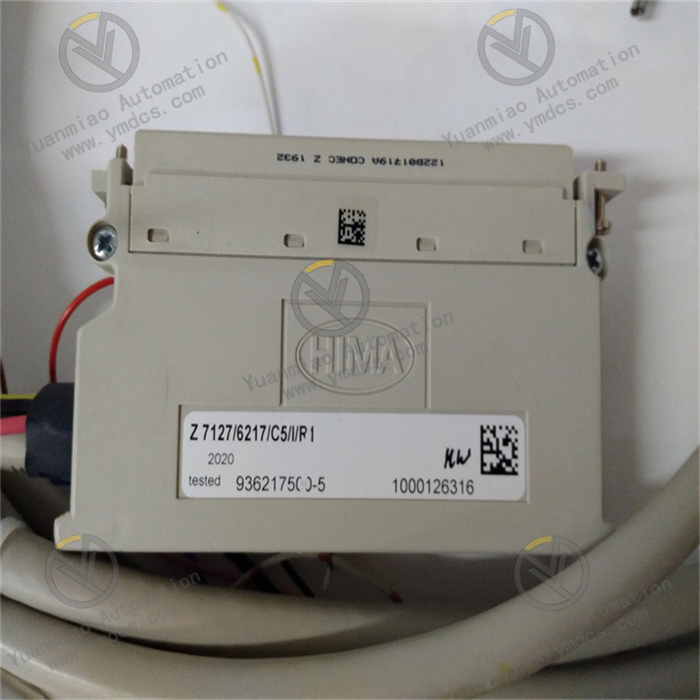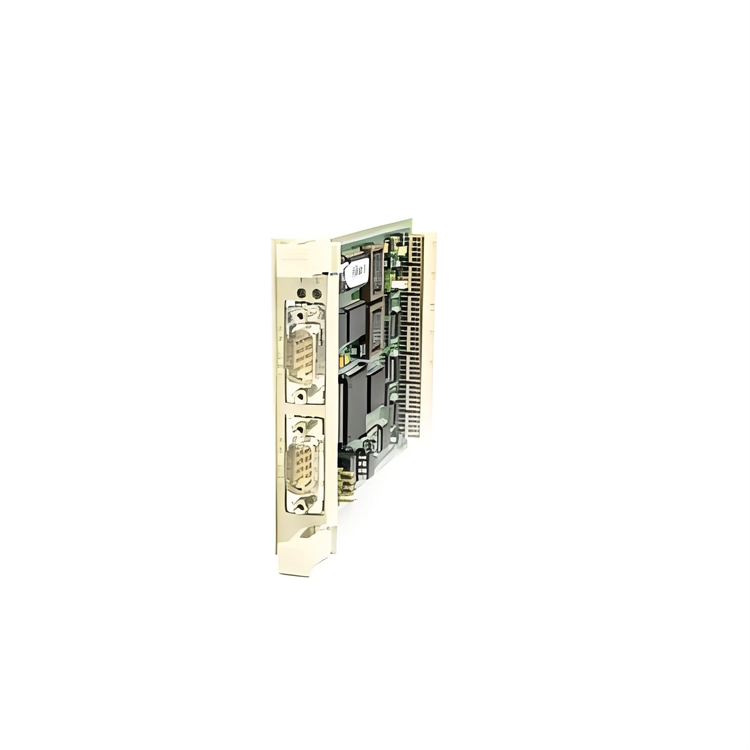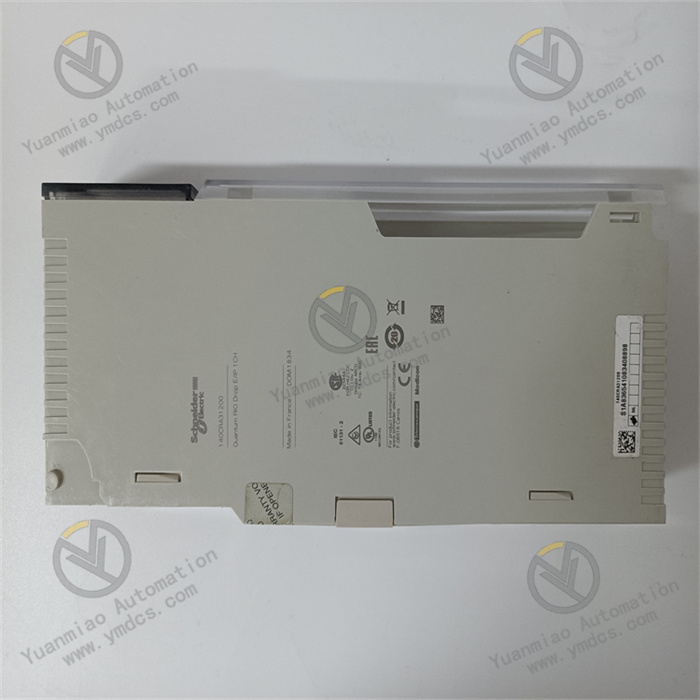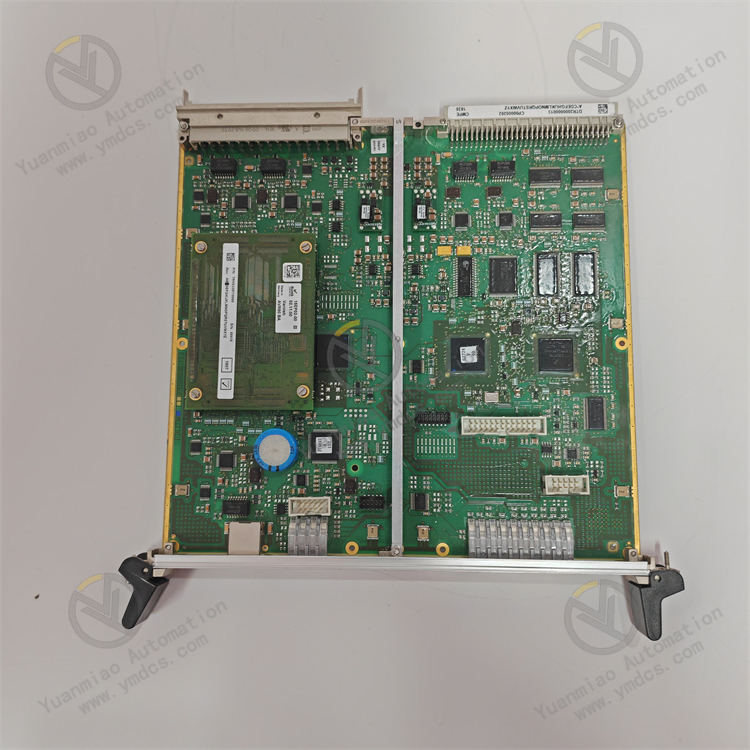Description
VMIVME-5565-110000
I. Overview
The Abaco Systems VMIVME-5565-110000 is a high-performance VMEbus reflective memory node card meticulously developed by VMIC, a division of GE. Based on the advanced VME (VersaModule Eurocard) bus architecture, it holds a pivotal position in application scenarios with extremely strict requirements for data transmission speed and synchronization, thanks to its modularity, high reliability, and strong expandability. The product connects multiple independent systems through a fiber optic network to achieve high-speed, real-time shared memory—akin to building an efficient data highway for complex systems—to ensure smooth data intercommunication among systems. It serves as a key component for constructing advanced systems in fields such as industrial automation, communication systems, military, and aerospace.
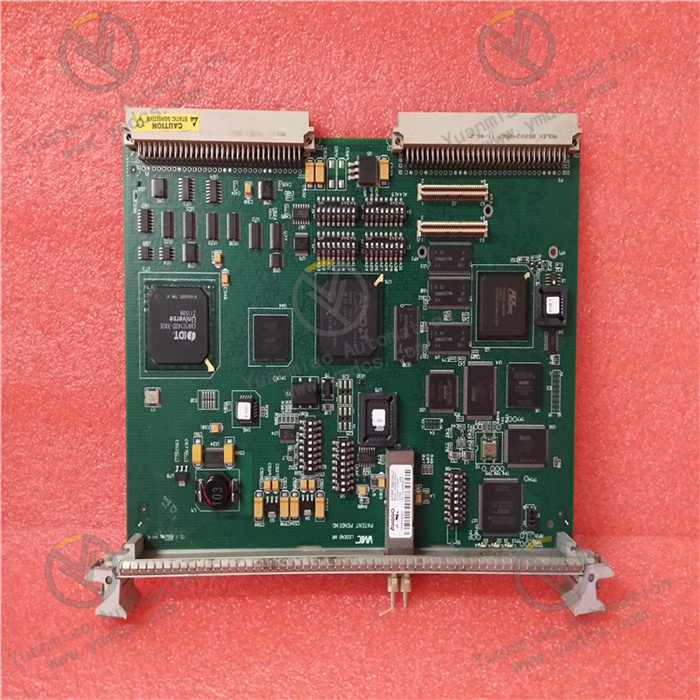
II. Functional Features
(1) High-Speed Data Transmission
With a data transmission rate of up to 170MB/s, it supports dynamic packet size transmission from 43MB/s (4-byte packets) to 170MB/s (64-byte packets), meeting diverse data volume and transmission rate requirements. In industrial automation production lines, massive equipment operation data and sensor monitoring data can be quickly aggregated to the control center via its high-speed transmission performance, ensuring efficient and precise progress of production processes. In communication systems such as base stations, it can rapidly process and transmit massive communication data to maintain stable and smooth communication.
(2) Multi-Node Data Sharing
It supports data sharing among up to 256 independent systems (nodes), greatly expanding the system's scale and application scope. Data written by different nodes can be real-time synchronized to the memory of all nodes on the network, enabling extensive data sharing and collaborative processing. For example, in large distributed industrial control systems, device nodes in different regions can achieve data interaction through the VMIVME-5565-110000 to collaboratively complete complex production tasks.
(3) Large-Capacity Memory Configuration
Each reflective memory board can be flexibly configured with 64MB or 128MB of onboard SDRAM, providing ample space for fast data storage and reading. The local SDRAM's fast reading feature significantly shortens data access time and accelerates data processing. In data acquisition and analysis systems, it can promptly store large volumes of collected data and quickly respond to analysis needs, offering efficient data processing support.
(4) Flexible Fiber Optic Connection
It supports multimode fiber optic connection with a transmission distance of up to 300m, and single-mode fiber optic connection extends the transmission distance to 10km, effectively solving the problem of long-distance data transmission. This flexible fiber optic connection adapts to wiring requirements in different scenarios, reduces signal attenuation and interference, and ensures the stability and reliability of data transmission.
(5) Multi-Channel and High Resolution
Featuring 16 analog input channels and 32 I/O channels, with a 16-bit analog input resolution, it can accurately collect analog signals and provide abundant input/output interfaces for digital devices. In industrial equipment monitoring scenarios, it can precisely sense subtle changes in equipment operation through high-resolution analog input channels, while numerous I/O channels can connect to various sensors, actuators, and other devices to realize complex control logic.
(6) Strong Environmental Adaptability
With an operating temperature range of -40°C to +85°C, it can stably operate in extreme environments such as high and low temperatures, withstanding harsh industrial conditions. Meanwhile, its design fully considers vibration and impact resistance, adapting to complex application scenarios such as vehicle-mounted mobile operations and harsh field conditions, reducing the probability of equipment failures caused by environmental factors.
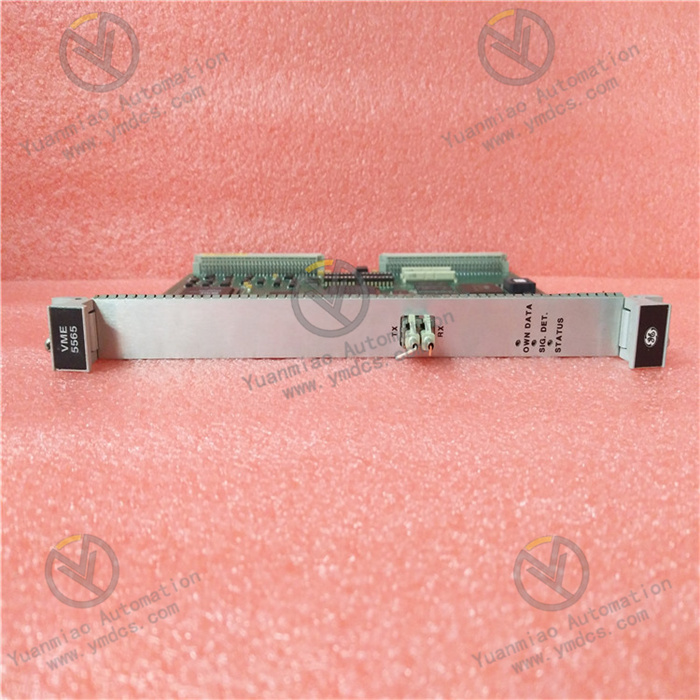
III. Working Principle
When the VMIVME-5565-110000 is connected to the system, the external power supply first enters the device and undergoes a series of processes such as conversion and voltage stabilization through the internal power management module to provide stable and adaptive working voltages for all device components, ensuring normal startup and continuous stable operation.
In the data transmission link, if data is written to the memory of a certain node, it is first stored in the node's local SDRAM. Subsequently, the data is broadcast to other reflective memory nodes on the network via a high-speed fiber optic data path. Data transmission between nodes is transparent to software without additional I/O overhead, greatly improving data transmission efficiency. During data transmission, sending and receiving FIFOs (First-In-First-Out queues) buffer during peak data rates to optimize processor and bus performance and maintain high data throughput.
In terms of analog signal processing, analog signals generated by external analog devices enter the device through 16 analog input channels. The internal analog-to-digital conversion module converts these analog signals into digital signals, which are then transmitted to the core processing unit for analysis, calculation, and processing according to preset programs and algorithms. Processed data, if used to control analog devices, is converted into analog signals by the digital-to-analog conversion module and output to analog devices via corresponding channels; if it is monitoring data, it can be transmitted to other devices or systems for storage and analysis through network interfaces.
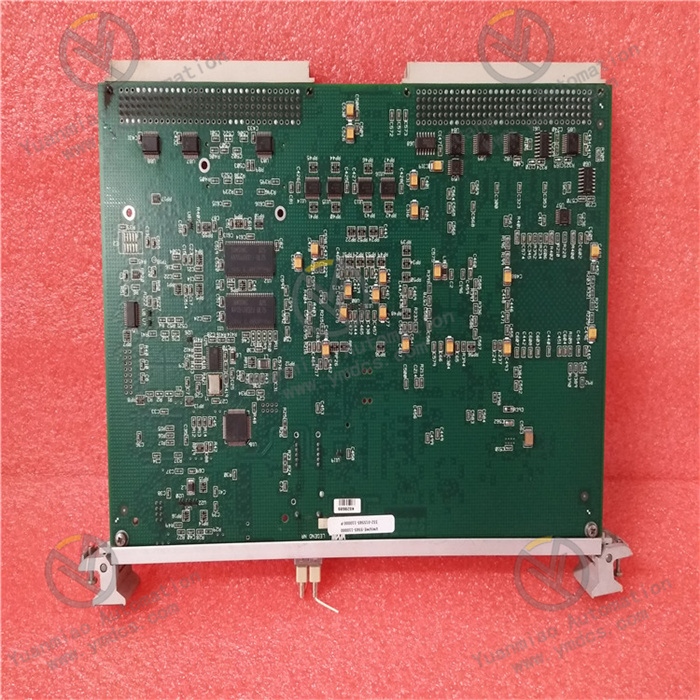
IV. Common Faults and Solutions
(1) Abnormal Data Transmission
- Fault Phenomenon: Data transmission rate is far lower than the nominal value, with issues such as data packet loss and transmission interruption.
- Solutions: Check the fiber optic connection for firmness, inspect the fiber for bending, damage, etc., and repair or replace the fiber in a timely manner if problems are found. Confirm that the network configuration of each node device is correct, including key parameters such as IP address and subnet mask. Check whether there are strong electromagnetic interference sources around the device, such as large motors and transformers, and keep the device and connection cables away from interference sources if any. Use professional network testing tools to detect indicators such as network bandwidth and delay, and troubleshoot whether network devices (such as switches) are faulty.
(2) Memory Read/Write Errors
- Fault Phenomenon: Data writing to memory fails, or incorrect data appears when reading stored data.
- Solutions: First, check whether the memory module is correctly installed, and try reinserting the memory module to ensure good contact. Use professional memory testing tools to comprehensively detect the onboard SDRAM for bad blocks. If there are a small number of bad blocks, mark them with software tools to avoid storing data in these areas; if there are many bad blocks, consider replacing the memory module. Check whether the device's memory driver is normal, and download the latest driver from the device's official website for update if necessary.
(3) Abnormal Analog Input Data
- Fault Phenomenon: Data collected by analog input channels deviates significantly from the actual value, or no data is output.
- Solutions: Check whether sensors and other devices connected to the analog input channels are working normally. A standard signal source can be connected to the channels for testing to determine whether the problem lies with the device or the sensor. Confirm that the parameter settings of the analog input channels are correct, such as range and gain, as incorrect parameter settings may lead to inaccurate data collection. Check whether the hardware circuit of the analog input channels has faults, such as capacitor leakage or resistor damage, and professional personnel should be required to repair or replace damaged components if any.
(4) Device Unrecognized
- Fault Phenomenon: The system fails to recognize the VMIVME-5565-110000 after it is connected to the VME system.
- Solutions: Carefully check the connection between the device and the VME bus to ensure the device is correctly inserted into the VME slot with good interface contact, free of looseness, oxidation, etc. Check whether the hardware address setting of the device conflicts with other devices in the system, and reset the device's hardware address if there is a conflict. Check whether the VME system's driver is complete and the latest version, and update the driver in a timely manner if not. Try connecting the device to other normally working VME systems to determine whether the device itself has hardware faults.


